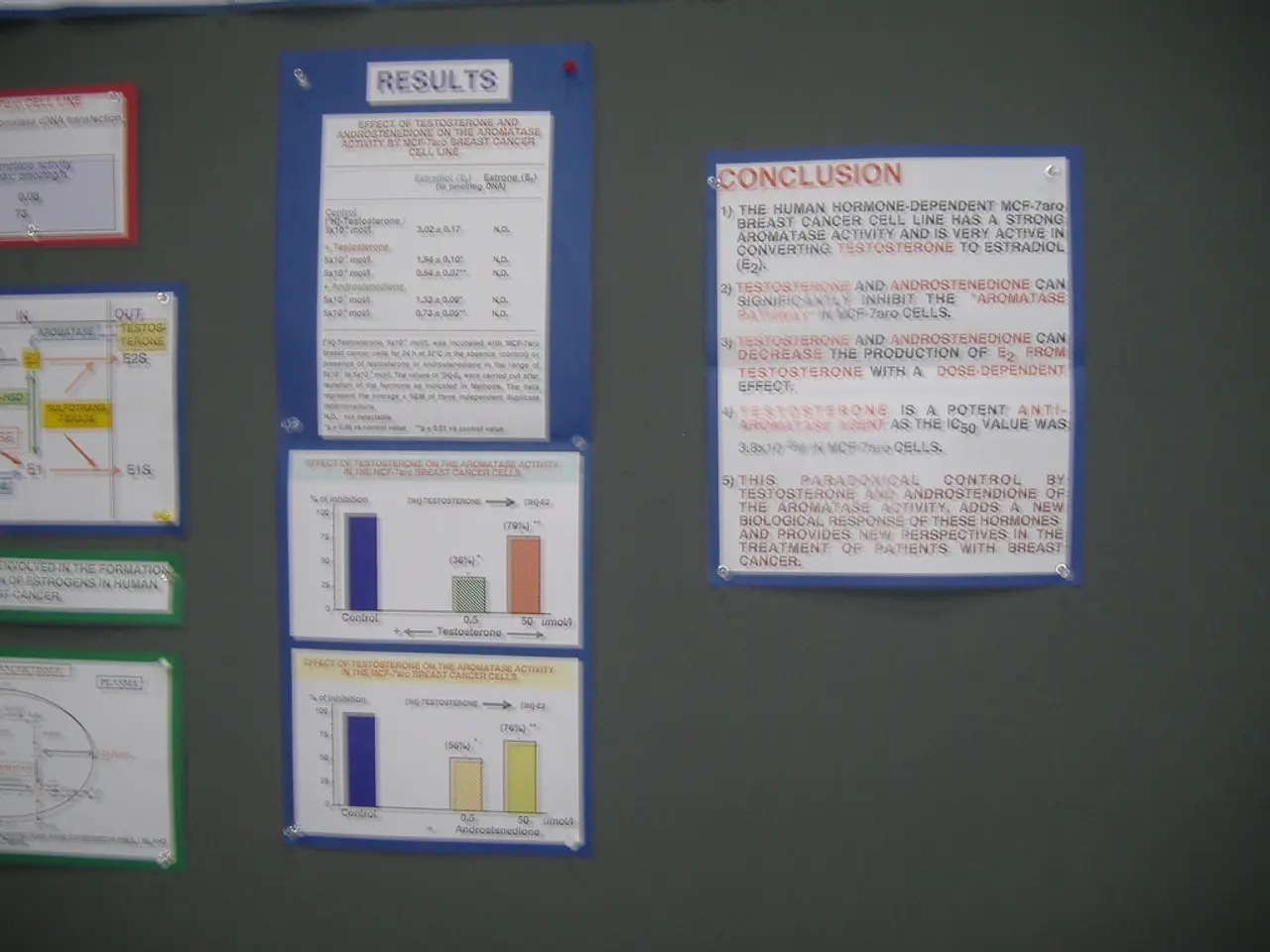Time Span
In the world of finance, understanding the relationship between bond duration, interest rates, and bond prices is crucial for investors. This article aims to explain these concepts in a clear and straightforward manner.
Bond Duration: A Measure of Risk
Duration is a measure of risk applied to bonds. It quantifies how sensitive a bond's price is to changes in interest rates. The higher the duration, the more a bond's price will fluctuate when interest rates change.
Modified Duration: Quantifying Price Change
Modified duration refines this concept by providing a direct estimate of the approximate percentage change in bond price for a 1% change in yield (interest rates). It adjusts the Macaulay duration (which is the weighted average time to receive the bond's cash flows) by accounting for the bond’s yield and compounding frequency, using the formula:
[ \text{Modified Duration} = \frac{\text{Macaulay Duration}}{1 + \frac{y}{n}} ]
where (y) is the yield and (n) is the number of compounding periods per year. For example, a modified duration of 5 implies that if interest rates rise by 1%, the bond price will fall by approximately 5%.
Interest-Rate Risk and Bond Prices
Because longer-term bonds generally have larger durations, they are more sensitive to interest rate changes than shorter-term bonds. This is due to the fact that cash flows further in the future are more heavily discounted when rates shift, thus amplifying the price impact.
Key Takeaways
- Bond price and interest rates move inversely: increases in rates cause bond prices to fall, and decreases cause prices to rise.
- Duration measures how much bond prices change for small changes in interest rates; higher duration means higher sensitivity.
- Modified duration provides a direct estimate of price change percentage per 1% interest rate change, indicating the bond’s interest rate risk.
Therefore, modified duration is a key metric showing the interest-rate risk of a bond, helping investors understand potential price volatility in response to rate movements.
Subscribing to Our Financial Magazine
For those interested in staying ahead of the curve in financial news and expert analysis, our website magazine offers six free issues. Subscribe today to stay informed!
[1] Investopedia. (n.d.). Duration (finance). Retrieved March 24, 2023, from https://www.investopedia.com/terms/d/duration.asp [2] Investopedia. (n.d.). Macaulay duration. Retrieved March 24, 2023, from https://www.investopedia.com/terms/m/macaulayduration.asp [3] Investopedia. (n.d.). Modified duration. Retrieved March 24, 2023, from https://www.investopedia.com/terms/m/modifiedduration.asp [4] Investopedia. (n.d.). Yield to maturity. Retrieved March 24, 2023, from https://www.investopedia.com/terms/y/yieldtomaturity.asp [5] Investopedia. (n.d.). Bond price and yield. Retrieved March 24, 2023, from https://www.investopedia.com/terms/b/bondprice.asp
Understanding modified duration is essential in personal-finance and investing, as it quantifies the interest-rate risk of a bond, offering insights into potential price volatility in response to rate movements. By subscribing to our financial magazine, readers can stay informed about such concepts and gain a competitive edge in the world of finance.




